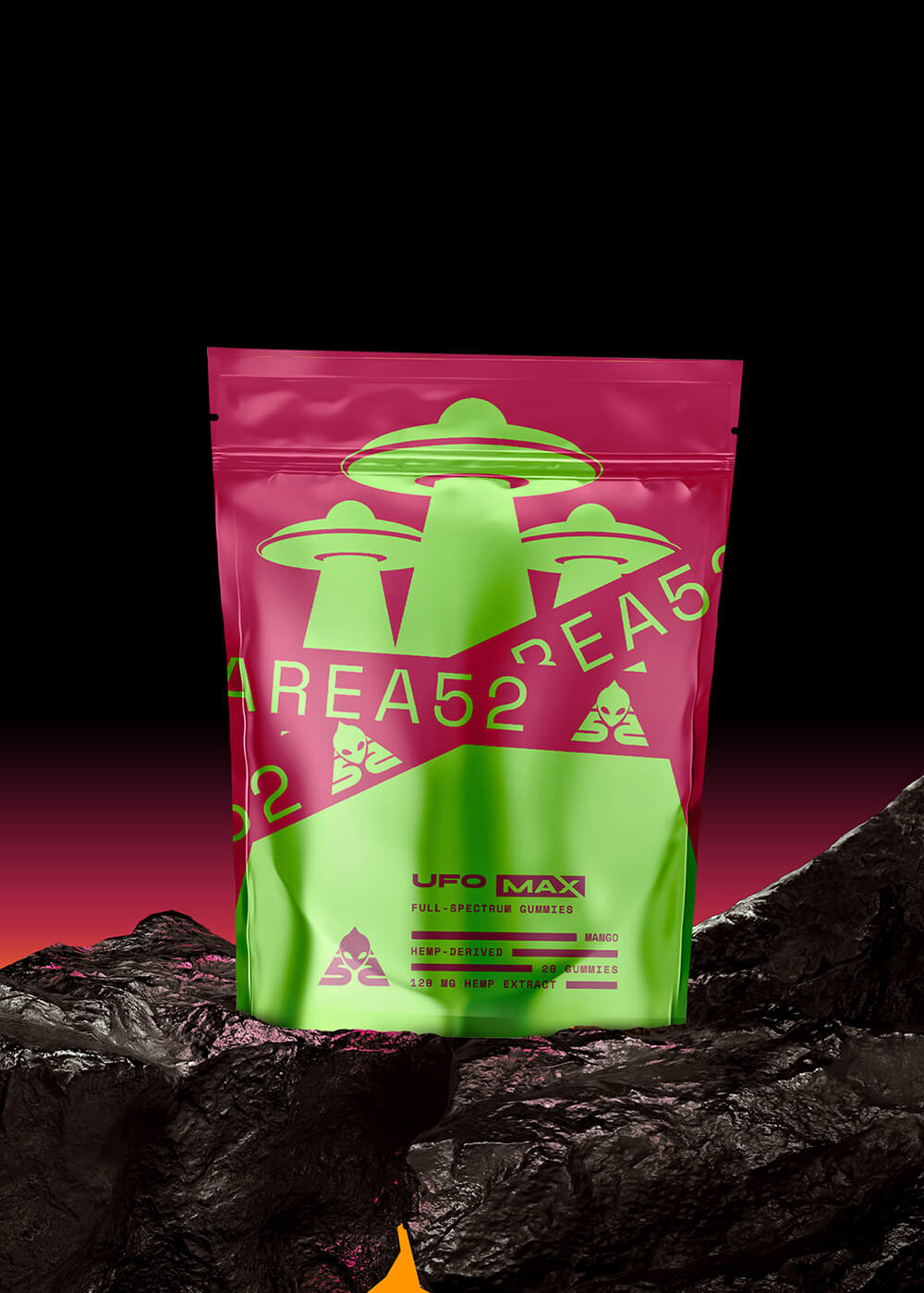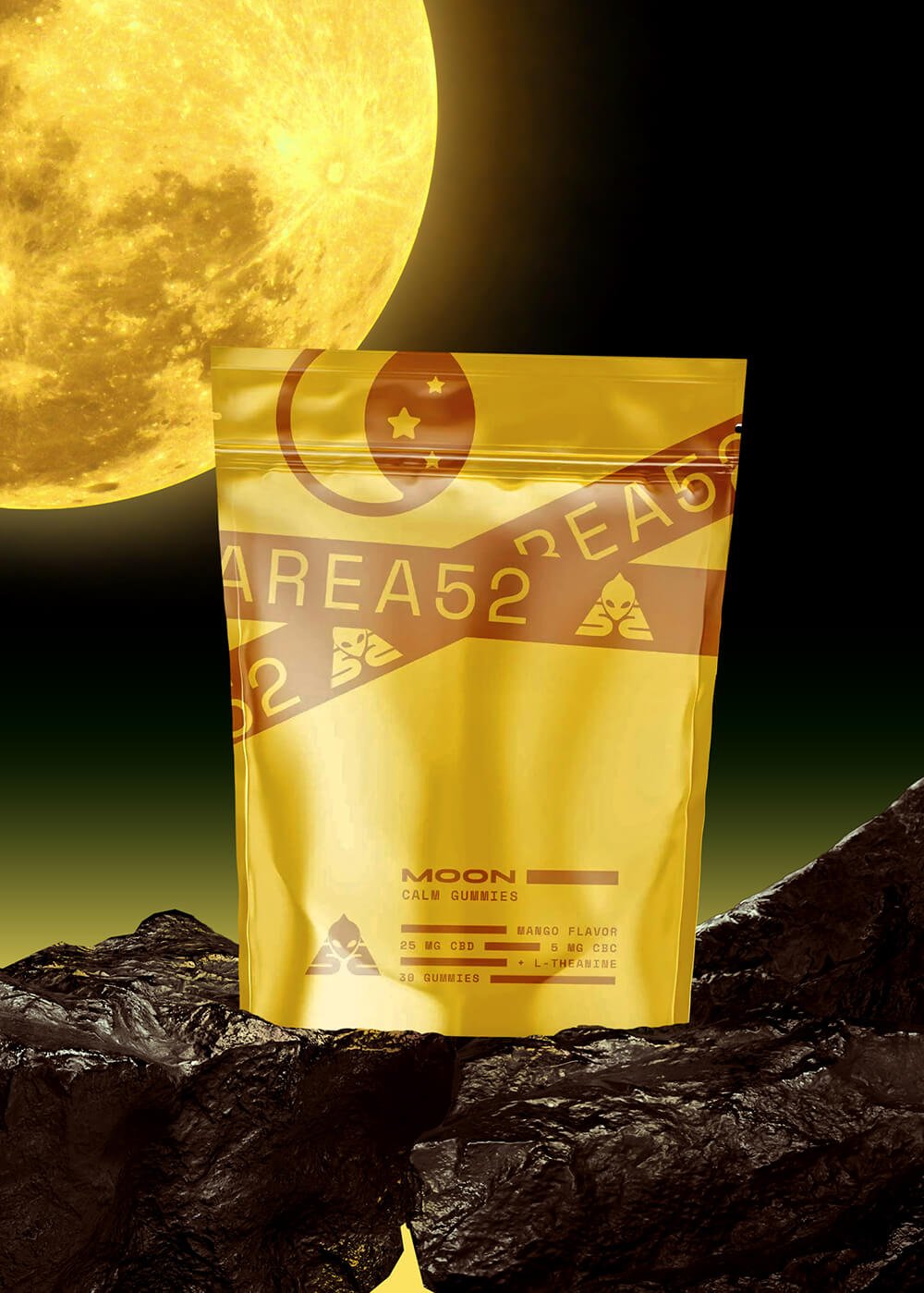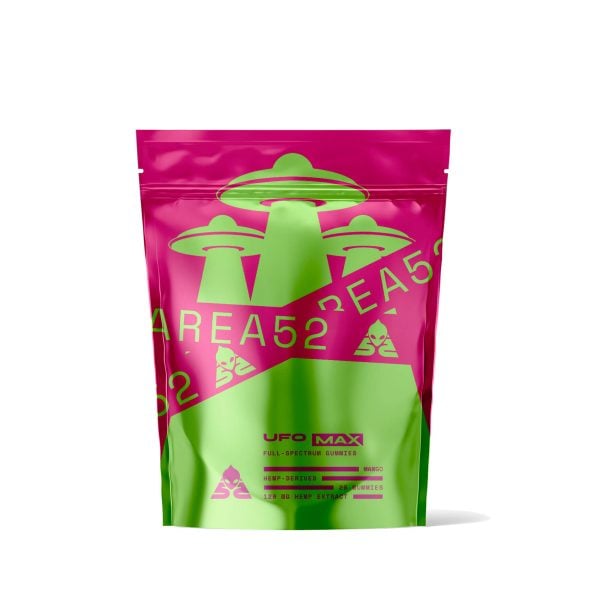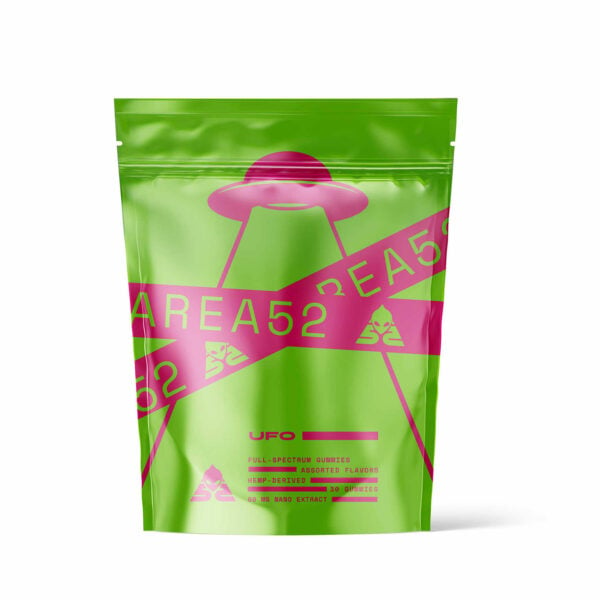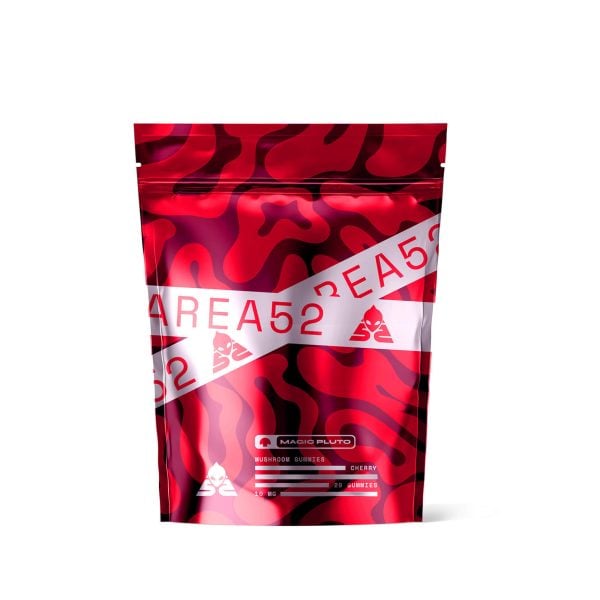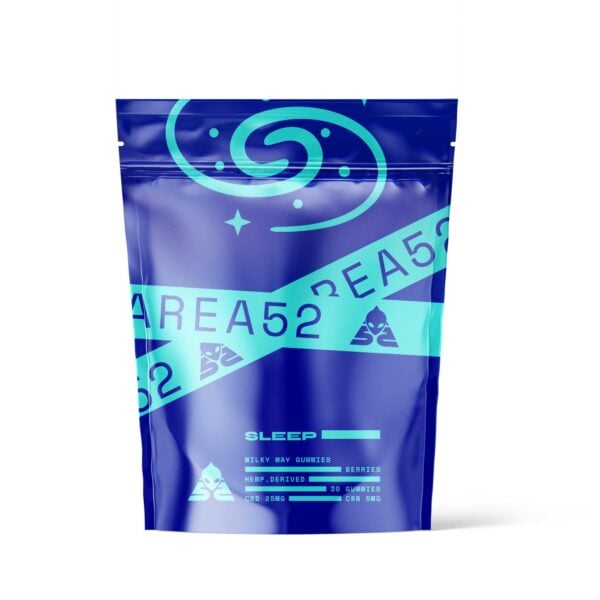What is CBD? Benefits, Uses, & Effects of Cannabidiol
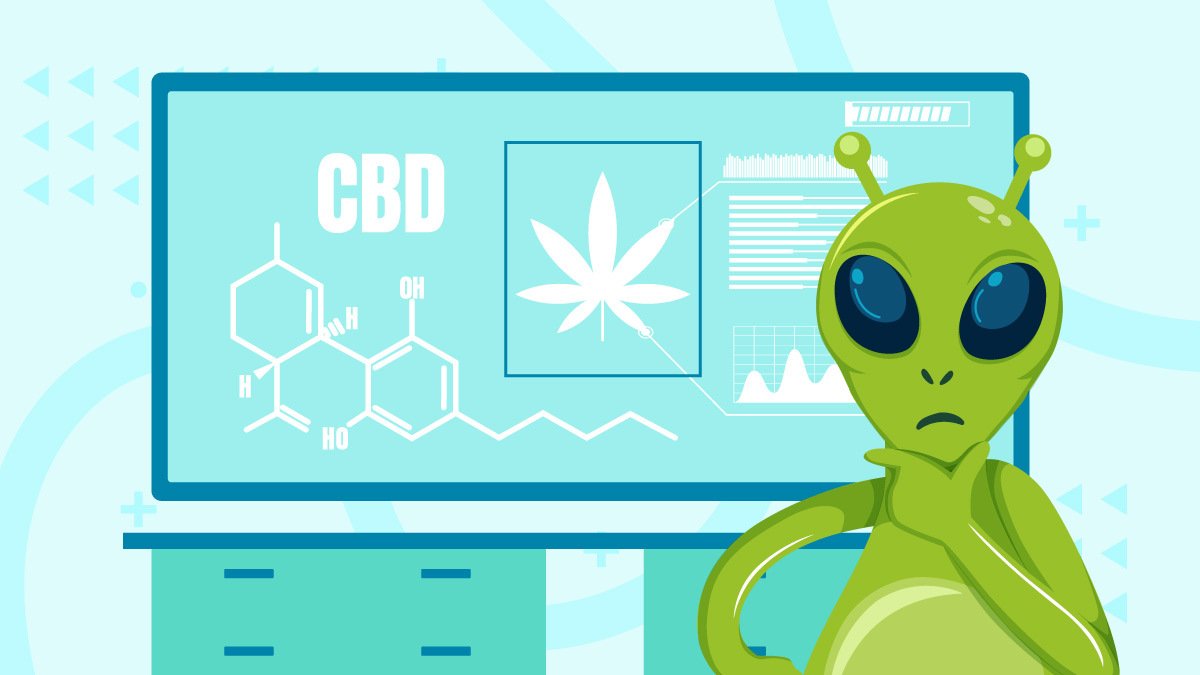
Cannabidiol (CBD) is largely responsible for breaking the trail on the thriving cannabinoid industry. It’s the most popular (legal) cannabinoid, by far, provided it’s sourced from hemp, of course, which is legal under federal laws. CBD sourced from marijuana remains federally illegal.
Despite being derived from cannabis like THC, CBD has a distinct set of effects, health benefits, uses, and legal considerations governing its use.
This guide serves as an overview of CBD, covering the most popular ways people use it, information legality, and a rundown of the most common side effects you should be aware of.
What is CBD?
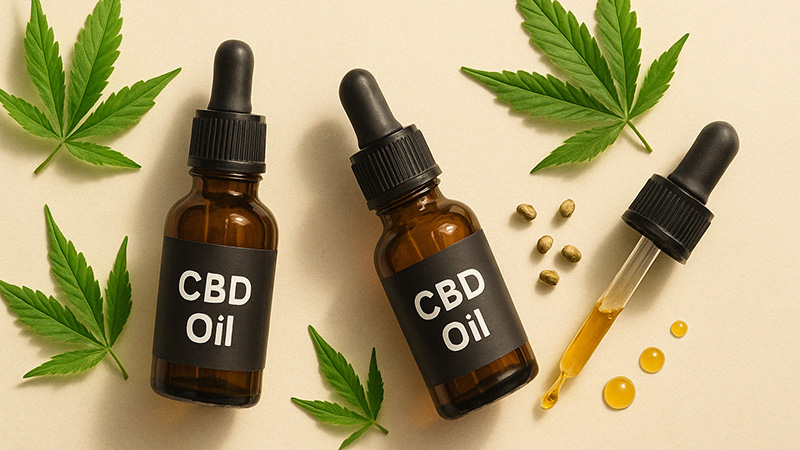
CBD is a cannabinoid, a catch-all term for a family of chemical compounds found in cannabis plants that interact with the body’s endocannabinoid system.
Cannabinoids all share some fundamental chemical similarities, namely that they’re composed of carbon, oxygen, and hydrogen in long, complex chains. The specific chemical structure gives each type of cannabinoid a unique ‘feel’.
As a consumable product, CBD is often sold infused in gummies, oils, or topical creams.
Each delivery mechanism has slight differences in absorption time, but otherwise, they generally produce the same effects. Choosing a type of CBD product over another ultimately comes down to cost, availability, and personal preference.
Is CBD Natural Or Synthetic?
CBD is a phytocannabinoid, which means it is a naturally occurring cannabinoid produced by the cannabis sativa plant.
In contrast, synthetic cannabinoids are molecules that don’t occur in nature and can only be manufactured in a laboratory setting.
Advances in chemical knowledge and technology have led to the discovery of cannabinoids that are not produced by cannabis plants but are classified as cannabinoids due to their chemical structures. Without modern chemistry, synthetic cannabinoids would not exist.
Some people get confused about whether CBD is natural or synthetic when they hear that CBD can be made in a laboratory. The critical point to remember is, that while chemists can artificially create CBD, there is no chemical difference between CBD extracted from cannabis plants and CBD created in a lab [1].
CBD, the molecule, is naturally occurring.
How Is CBD Made?

So how do companies selling CBD make their products? Most manufacturers extract both CBD, THC, and other cannabinoids directly from marijuana or hemp plants using supercritical carbon dioxide (CO2) extraction.
CO2 extraction is a common technique used to extract essential oils from plant matter to add scent to perfumes or flavors to food additives. Other common solvents used to extract CBD from cannabis plants include ethanol, butane, and hexane.
In practice, the CBD market extracts CBD from hemp plants for legal reasons (more on that in a bit). However, some companies have turned to direct synthesis using complex chemical techniques. These methods are expensive, which prohibits widespread adoption.
The synthetic creation of CBD is largely restricted to the research sector, so most of the CBD available for sale and consumption is extracted from hemp plants rather than being synthesized.
Is CBD Legal?
Yes! CBD is legal at the federal level under the 2018 Farm Bill, as long as it’s sourced from industrial hemp with less than 0.3% THC on a dry weight basis. Any hemp plant that contains more than 0.3% THC is considered marijuana and listed as illegal under the Controlled Substances Act.
CBD derived from marijuana is only available in states that legalized marijuana for recreational and/or medicinal use. People often use medical marijuana products for chronic pain, multiple sclerosis, cancer, epilepsy, seizures, and other chronic health problems.
The legal distinction between hemp and other cannabis plants established in the 2018 Farm Bill opened the door for growing hemp in the United States and is largely responsible for CBD’s surge in popularity [2].
Do note though that Epidiolex is the only Food and Drug Administration (FDA) CBD or medical cannabis product in the US that the Drug Enforcement Administration (DEA) recognizes as legal. It’s 100% pure CBD oil used to treat severe forms of seizure disorders like Dravet syndrome and Lennox-Gastaut syndrome.
CBD vs. THC: What’s the Difference?
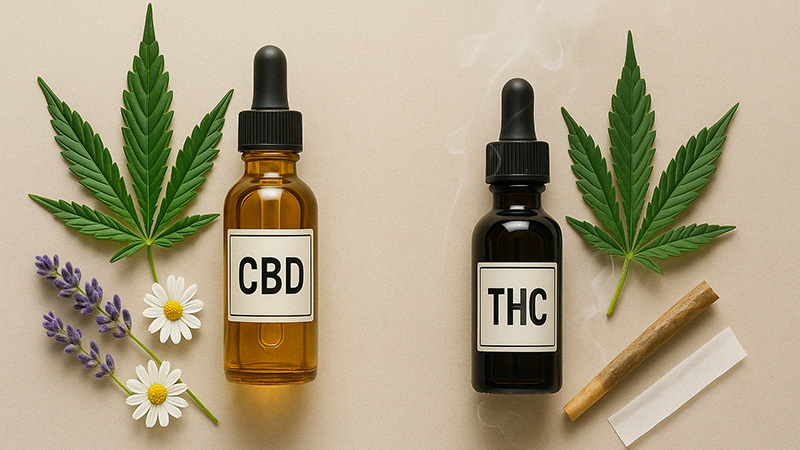
Even though CBD and THC are both produced by cannabis plants, they have different chemical structures, pharmacological effects, and use cases. The biggest difference between CBD and THC is that CBD is not psychoactive, meaning it won’t alter your headspace or make you high.
CBD and THC also differ in how they’re typically used. THC users tend to gravitate towards smoking products like bongs and vape pens or edible products, while CBD users overwhelmingly prefer oil or gummies.
Are There Any Side Effects to Taking CBD?
CBD sounds too good to be true in many ways. It’s legal if sourced from hemp, and research and clinical trials confirm it’s relatively safe — so what’s the catch? There is no catch, but there are some mild side effects to be on the lookout for.
The Substance Abuse and Mental Health Services Administration warns of potential side effects. Some people report feeling lightheaded and dizzy after taking CBD, and others experience headaches and nausea. In rare cases, some people may experience dry mouth or “cotton mouth.” Other less common side effects of CBD use include fatigue, diarrhea, and decreased appetite.
These side effects are all relatively uncommon, and the chances of experiencing them while taking a normal dose are slim. Large doses and prolonged, frequent use of CBD could increase your chances of experiencing these unwanted side effects. The best defense against side effects is taking smaller doses and limiting your weekly use to four or five days.
Importantly, research suggests that CBD in normal doses — usually under 50 mg — is relatively safe and non-toxic, although long-term use might produce some unwanted side effects [3].
How Does CBD Work?
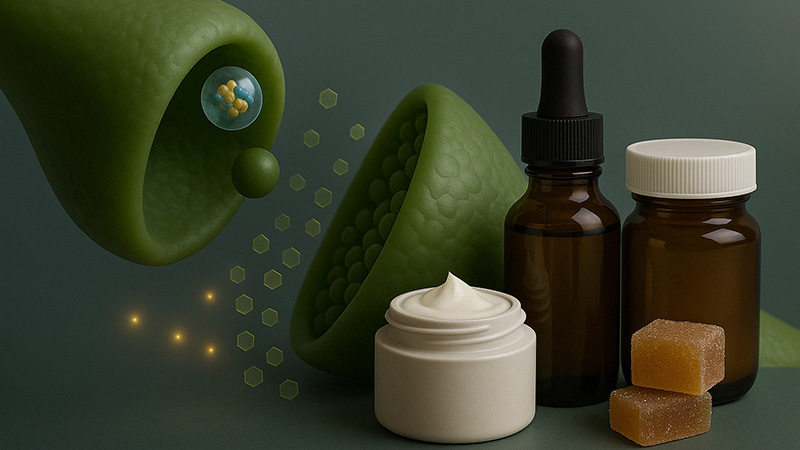
CBD interacts with the human body through the endocannabinoid system.
There are two primary receptor types that make up the endocannabinoid system, the imaginatively named cannabinoid receptor type 1 (CB1) and cannabinoid receptor type 2 (CB2).
CB1 receptors are located in the central nervous system and are what facilitate the psychoactive properties of THC.
CBD doesn’t interact strongly with either CB1 or CB2 and instead makes its presence felt indirect. The exact mechanism for CBD interaction with the endocannabinoid system is a matter of ongoing research, but the leading theory posits that CBD inhibits several enzymes responsible for breaking down endocannabinoids.
There is also some evidence that CBD binds to dopamine and serotonin receptors and interacts with TRPV1 receptors, which play an integral role in the management of numerous organ systems around the body [4].
Will CBD Get You High?
No. CBD is not psychoactive and therefore won’t get its users high.
THC alters its users’ headspace because it binds to CB1 receptors located in the nervous system. CBD does not interact with CB1 and therefore has no mind-altering effects.
Just make sure you’re using products that contain less than 0.3% THC by weight. It also helps to check the total THC content of the products you’re using. Sometimes there’s enough residual THC to have a psychoactive effect if you take CBD products in high enough doses.
Key Takeaways: What is CBD?
Much of CBD’s popularity is the direct result of the 2018 Farm Bill — which made CBD and other cannabinoids legal as long as they’re sourced from hemp.
All 50 states and the federal government list hemp CBD as legal, with relatively few limitations.
Clinical research on CBD is still in its relative infancy despite nearly 10 years of focused research. While that may sound concerning, the anecdotal support for CBD’s efficacy is overwhelmingly positive and puts its utility on firm ground.
There are relatively few side effects associated with using CBD, and most users say they’ve never experienced any significant side effects. People who experience side effects are usually taking larger doses or have been taking CBD consistently over a long period without taking breaks. Experienced users suggest limiting your weekly CBD use and taking lower doses if you’re concerned about unwanted side effects.
FAQs on CBD
Want to get to know CBD more? Then check out the quick FAQ section below.
1. What is CBD Explained Simply?
CBD is short for cannabidiol, an active ingredient derived from the cannabis sativa plant. It’s one of the major cannabinoids that both hemp and marijuana plants produce. Unlike THC though, CBD won’t get you high since it doesn’t bind very well to the endocannabinoid system’s type 1 receptor, the main receptor responsible for marijuana’s high.
2. What is CBD Used for?
Many people use CBD containing products for medical purposes such as chronic pain, neuropathic pain, stress, and anxiety, among others. Some also use it to maintain normal health and boost the immune system.
Right now, there’s only one FDA approved prescription cannabidiol product on the market, Epidiolex, which is used to treat rare treatment-resistant seizures. However, it’s perfectly fine to buy hemp derived CBD products since hemp and all its parts (including cannabinoids, isomers, and derivatives) are legal under federal law.
3. Is CBD Safe to Take?
Yes. CBD is generally safe to consume and won’t get you high. It’s non-toxic, non-psychoactive, and non-intoxicating. However, similar to THC products, there are also some safety concerns. CBD can induce some adverse effects such as dry eyes and dry mouth. It can also cause drug interactions with other medications, so before adding CBD to your regimen, it’s recommended to speak with your doctor first.
4. Is CBD the Same as Marijuanas?
No. CBD is not a type of plant but is one of the many forms of cannabinoids the cannabis plant (which includes both hemp and marijuana) produces.
5. Who Should Avoid Taking CBD?
Pregnant and lactating women should avoid taking CBD, especially since compelling evidence shows CBD can cross the placental barrier or be transferred to the mother’s milk. People taking medications should also practice caution when consuming CBD since it interacts with other drugs processed by the liver.
